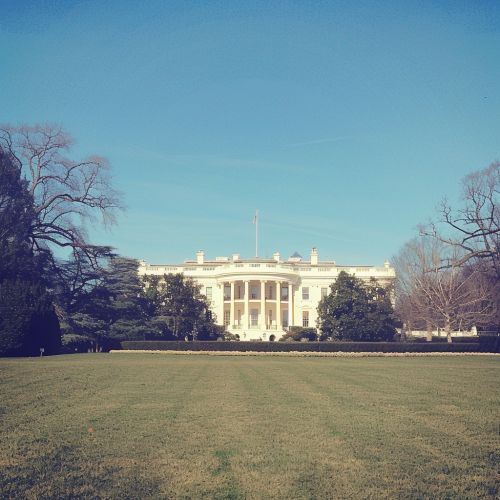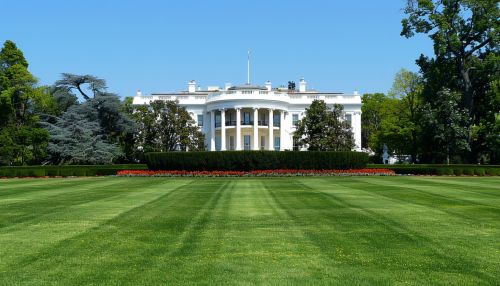President of the United States
Overview
The President of the United States (POTUS) is the head of state and head of government of the United States of America. The president directs the executive branch of the federal government and is the commander-in-chief of the United States Armed Forces.
Role and Powers
The President of the United States is often referred to as the most powerful person in the world due to the influence and status of the role. The president has the power to sign or veto federal legislation, appoint federal executive, diplomatic, regulatory, and judicial officers, and conduct foreign policy. As commander-in-chief, the president has the authority to direct the military and control the country's nuclear arsenal.
Election and Term Limits
The president is elected by citizens of the U.S. through an Electoral College system. The president serves a four-year term and can be re-elected for one additional term. This limit was established by the 22nd Amendment to the United States Constitution in 1951.
Presidential Succession
In the event of the president's removal, death, resignation, or inability to perform the duties of the office, the vice president becomes president. The order of succession beyond the vice president is determined by federal law.
Compensation and Benefits
The president receives a salary, which is set by Congress, and numerous benefits, including a personal expense account, travel and entertainment funds, and the use of the White House as a personal residence.
History
The office of the president was established upon the ratification of the United States Constitution in 1789. The first president, George Washington, took office on April 30, 1789.
Criticisms and Controversies
The presidency has been the target of numerous criticisms and controversies throughout history. These have often related to presidential actions, decisions, or behaviors that were seen as inappropriate, unethical, or illegal.


